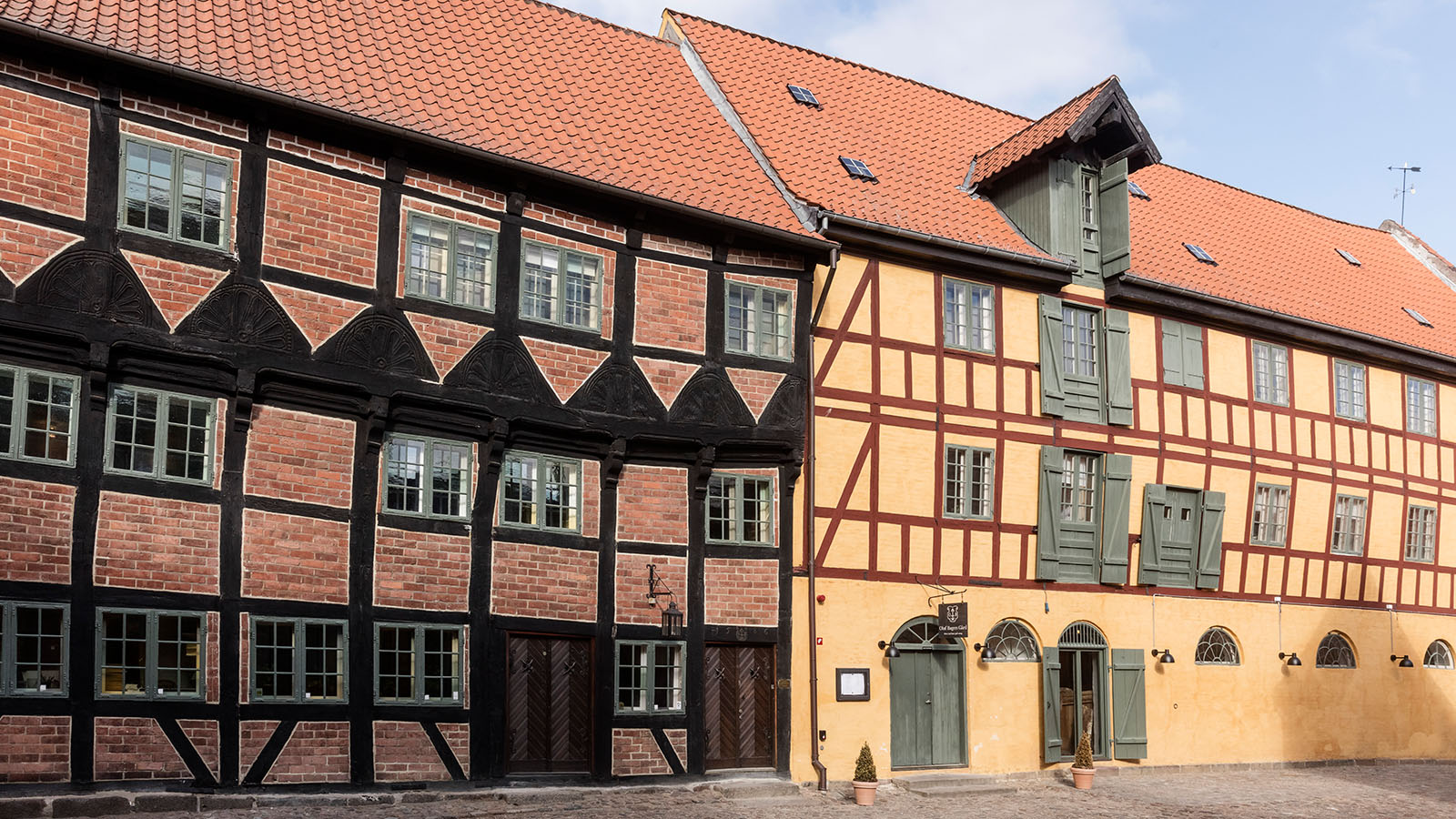Log ind info
The word renaissance derives from the Italian word for rebirth. The Renaissance came to signify an artistic and spiritual movement in which the human personality and individuality, a spirit of independent inquiry and a stronger appreciation of secular life came to the fore. Humanistic ideals began to emerge, supplanting the gloom of the Middle Ages. Architecture and art flourished. The Reformation in 1536 became the starting point of the Renaissance in Denmark.

The main influence on Danish architecture of the period came from the Netherlands, and many of the master builders who constructed the first Renaissance houses in Denmark are assumed to have been imported from the Netherlands. In the Dutch Renaissance, the prototypes from the homeland of the Renaissance, Italy, were reduced to plastic sandstone ornaments on brick buildings which in their main lines and layout were still Late Gothic. Similarly, the half-timbering of the first part of this period was basically still medieval, although the brackets, posts and filling timbers were often profusely decorated with wood carvings with Renaissance motifs.
The typical country seat, with its magnificently appointed main building, emerges from the relative political calm and financial prosperity which followed the Reformation, and not least from the confiscation and later re-sale of the monastic estates.
The oldest preserved citizens' and merchants' houses in the market towns were erected in this period. Oluf Bager's Maternal Farm in Odense is an example of the grand home of a self-made merchant, one of the richest in the country. The house consists of a brick building on the street and a half-timbered addition in the yard, with finely carved rosettes.
